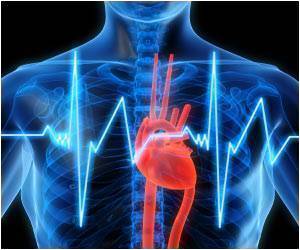To overcome this defect, researchers developed a new toolkit called radiomics in collaboration with the University of Barcelona, to get highly detailed information about the shape and texture of the heart.
Using their novel approach, researchers studied heart MRI scans from almost 30,000 people from the UK Biobank – a large-scale biomedical database and research resource – to look at the overall shape and structure of the heart in detail.
They found that for all the key risk factors studied the heart muscle was darker in appearance and had a smoother, less complex texture. The findings were published in the journal Frontiers in Cardiovascular Medicine.
Men were found to have larger hearts with the heart muscle appearing smoother and less texturally complex in comparison to women.
The heart muscle in healthy women was brighter than male hearts with a more complex appearance of the muscle architecture.
These findings provide new insights into the impact of risk factors on the heart and identify differences in the size, structure, and appearance of hearts between healthy men and women.
The study forms part of our wider research program aimed at developing the radiomics imaging toolkit to transform patient care.
This novel approach has the potential to provide a faster, more accurate diagnosis of heart disease, improve our estimations of future risk of heart conditions, and better understand the processes underlying cardiovascular disease.
Researchers are now exploring whether the observed changes in heart muscle translate to a higher risk of having significant heart problems, such as heart attacks.
Source: Medindia



